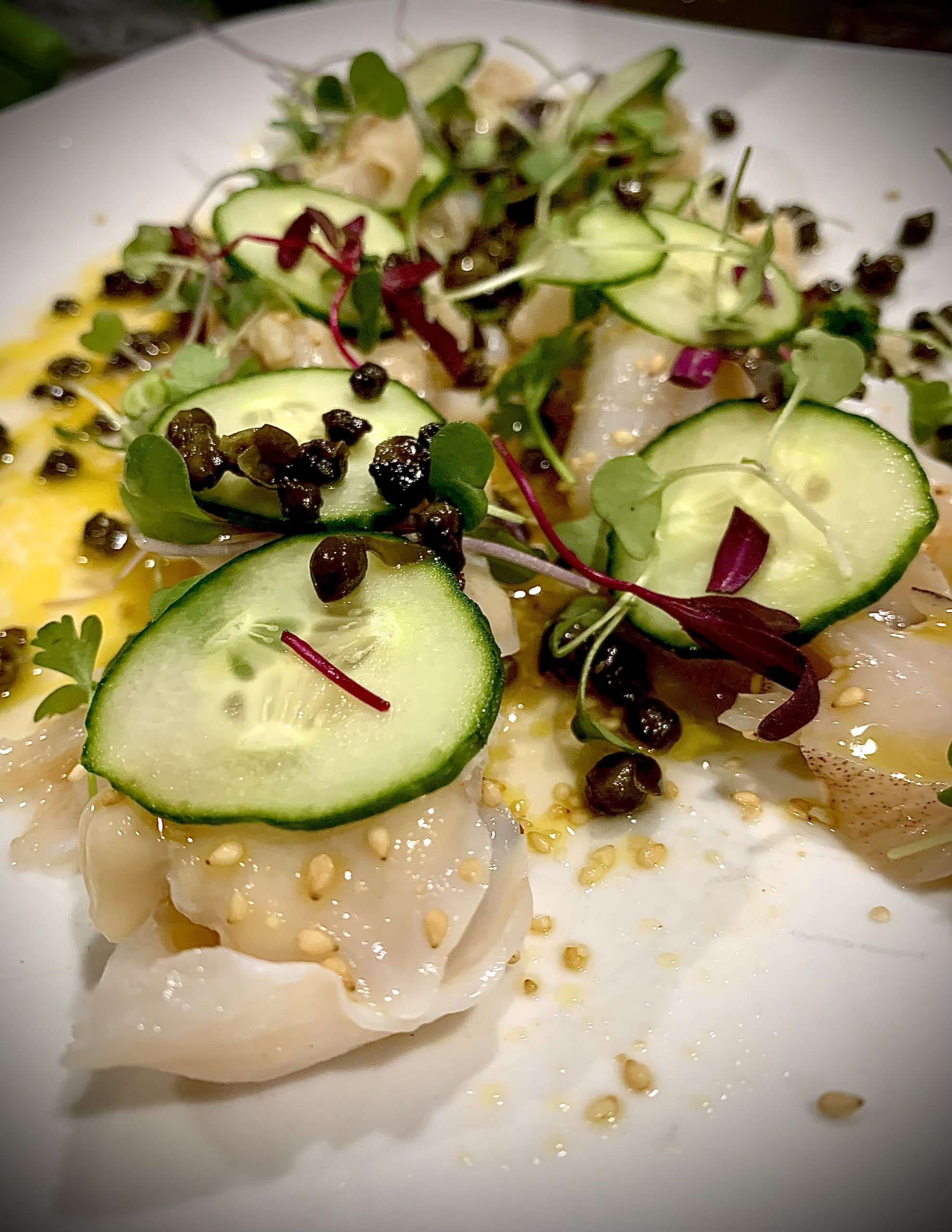Some information may be outdated.
One of my new favorite activities is clamming. It is not an easy activity to do in the deserts of Utah, but I try to hit a clamming season any time I visit family in the Pacific northwest. There are a variety of clams available from the Washington beaches of the Puget Sound and Pacific Ocean. One of the most popular to clam for is the razor clam, which is the season I like to try and hit the most often. Other varieties include Manilla clams, butter clam, and the horse clam.
The most infamous clam is the geoduck. These bivalved mollusks are the “monsters” of the burrowing clams. Known for their proportionally small shells, typically measuring 6 to 8 inches, and their impressively long siphons, reaching up to 3 feet sometimes in length, the geoduck can also weigh up to 7 pounds. Geoducks are also the elderly of the clam crew, with the oldest living recorded geoduck at 168 years old.
Washington does have a recreational geoduck season in several locations, since the clams are prolific in Pacific coastal waters of the United States from Alaska down into Baja California; however, the geoduck is a difficult clam to nab. Successful harvesting requires an incredibly low tide and many of the beaches they are found on have difficult accessibility. Even with these barriers, recreation clammers will find themselves digging next to potentially thousands of other clammers during these low tide times.
I spent my weekend in Washington razor clamming this past visit, but I kept thinking about how I at least wanted to taste a geoduck if I couldn’t ever harvest one myself. So, I bought a medium-sized specimen from Taylor Shellfish, a commercial fishing company on the Puget Sound, and set out thinking of how I wanted to prepare it. I wanted a recipe that highlighted all the flavor of the geoduck.
Geoduck has a sweet and savory flavor with a distinctive crunchy texture. Some of the more popular recipes include soups, stews, sauteed pieces, and sashimi style. I decided to create a crudo with my geoduck, and it was a superb choice for preparing the unique meat. This crudo recipe would also be great over a sushi-grade tuna or salmon. Fresh water fish cannot be used for sushi style recipes, so I can’t think of a way to integrate a local-to-the-area fish; however, if handled properly and so desired, this recipe would be great for elk or deer.
Geoduck Crudo
Ingredients
- 3-4 pounds fresh geoduck, cleaned and thinly sliced. Should end up with between 20 and 30 slices of geoduck depending on how thin a slice is cut
- ¼ cup olive oil
- 3 tablespoons rice wine vinegar
- ¼ cup apricot juice (could also be substituted with orange, peach, or passion fruit juice)
- 1 tablespoon caper brine
- 3 tablespoons capers
- 1 teaspoon cooking oil
- English cucumber, thinly sliced
- Microgreens
- 1 tablespoon roasted sesame seeds
- Salt and pepper to taste
Instructions
1. Properly clean the geoduck and thinly slice. There are lots of videos online to learn how to clean geoduck, which includes using boiling water to open the shell, removing the clam from the shell and taking off the “skin” of the siphon, cleaning out the guts and removing any sand.
2. Layer thinly sliced geoduck on a decorative plate
3. To make the apricot vinaigrette, in a small bowl whisk together the olive oil, rice wine vinegar, caper brine, and apricot juice until smooth and fully incorporated. Season with a pinch of salt.
4. In a small skillet, add the teaspoon of cooking oil and bring to high heat. Lightly crisp the capers, stirring continuously to keep from burning or sticking to the pan, for four to five minutes.
5. To plate, drizzle half the apricot vinaigrette over the sliced geoduck. Add a piece of the thinly sliced cucumber to each slice of geoduck. Sprinkle the microgreens over the top. Drizzle a little more of the vinaigrette and then finish with the roasted capers, the sesame seeds, and season with salt and pepper to taste.
6. Enjoy!
Lindsey Bartosh, an eighth-generation Moab girl, loves hiking, hunting, fishing, cooking, writing, photography and working on her website www.huntingandcooking.com.
Appreciate the coverage? Help keep local news alive.
Chip in to support the Moab Sun News.





